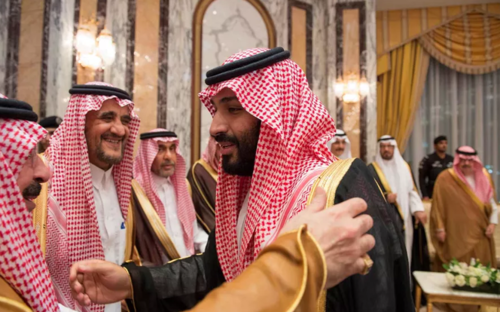
When Salman ibn Abdulaziz became crown prince of Saudi Arabia on June 18, 2012, there was a palpable sense of anxiety across the country. This had little to do with the usual unease and uncertainty that succession in the kingdom begets. In his 50-odd years as governor of the capital, Riyadh, Salman had built a reputation as a firm, pragmatic, and uncompromising ruler. He commanded fear from both friend and foe.
Since the early 1990s, Salman had also been instrumental in conceiving a new national development plan. The latter aimed to resolve some of the prevailing challenges of the immediate post–Gulf War period: heightened popular opposition to the ruling family coupled with a global recession that featured a fall in returns on Saudi investments worldwide. The top-down plan promised to overhaul social, economic, and cultural life in the kingdom, beginning with gradually diminishing the power of the religious establishment and diversifying the national economy. There was a lot at stake for those who had theretofore benefited from the status quo. But they were not the only ones who feared the severity of a Salman regime. With Salman just one step away from absolute power, “may God help us” was the common refrain among Saudis of all political stripes and socioeconomic classes.
Salman amassed great power through his prestigious position as governor of Riyadh, long considered the heart of the ruling Al Saud monarchy. The institutions he oversaw there—largely manned by professionalized graduates of Saudi universities—ran like clockwork. This was a significant feat, considering the history of institutional incompetence in Saudi Arabia. Together and separately, they worked to implement the regime’s postwar vision, even if their scope was restricted to the capital.
Read the full article at The Nation.